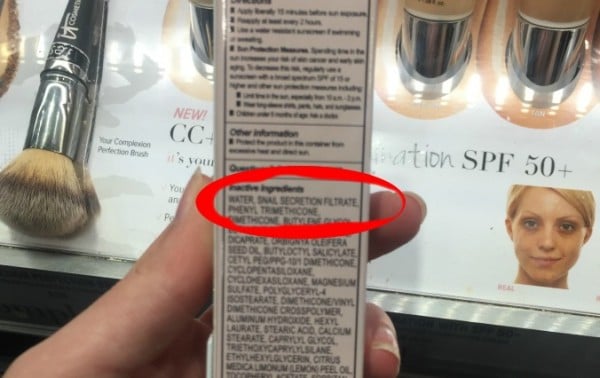The other week a couple of friends and I were discussing some of our favourite beauty discoveries of late.
On the recommendation of a work colleague, I’d tried the IT Cosmetics CC Cream Illumination SPF 50+ and immediately fallen in love with it. It was sun smart, gave a dewy glow and a higher-than-average coverage for a foundation alternative. Winner.
As I was waxing lyrical about it to my friend, I happened to pause and look at the ingredients on the back of the tube. The second on the list? ‘Snail secretion filtrate’. I immediately recoiled at the thought.
Snail slime? Why on earth would I want to put that on my face?


